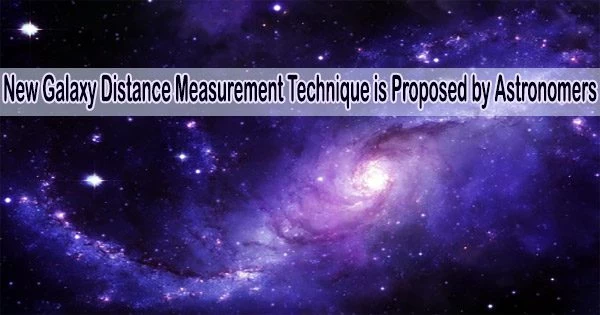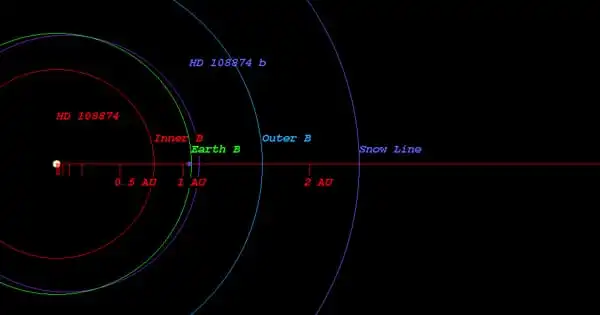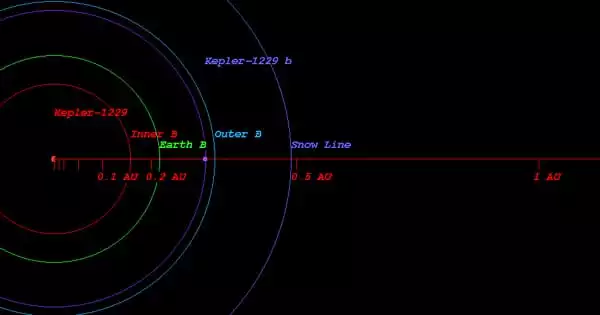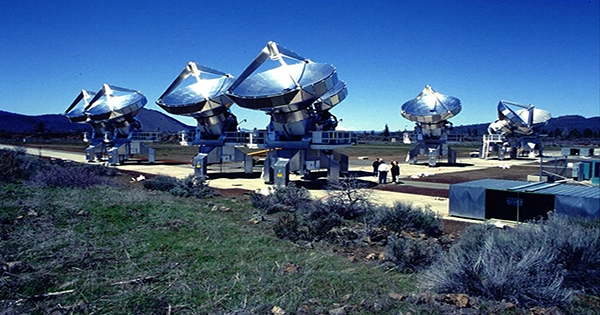There are hundreds of billions of galaxies in the universe, and for nearby galaxies, classical Cepheids and RR Lyrae (RR Lyr) stars are the primary distance indicators.
RR Lyr stars are pulsating variable stars that are more than twice as ancient and 100 times brighter than the sun. Due to the close correlation between their pulsation time and luminosity at the same elemental abundance, they can be used as a reference candle for estimating the distances between galaxies.
With the distance inaccuracy of galaxies adjusted to 1-2%, astronomers from the National Astronomical Observatories of the Chinese Academy of Sciences (NAOC) proposed using double-period RR Lyr stars to measure the distances of galaxies. Their study was published in Nature Astronomy on June 19, 2023.
About 5% of RR Lyr stars pulsate with more than one period. Double-period RR Lyr stars are unique because the two periods are associated with stellar properties such as mass and elemental abundance.
Our work provides a method by which distance measurements of nearby galaxies can be obtained from photometry alone, without relying on spectroscopic observations. This will increase the sample of galaxies with high-precision distance by a factor of 20 or more.
Dr. Deng Licai
“We find that the elemental abundance can be represented by two periods, and thus a period-luminosity relation independent of the elemental abundance was established,” said Dr. Chen Xiaodian, lead author of the study.
Compared to measurements of elemental abundance, measurements of period are both easy and accurate.
“Our work provides a method by which distance measurements of nearby galaxies can be obtained from photometry alone, without relying on spectroscopic observations,” said Dr. Deng Licai, a senior researcher at NAOC and co-author of the study. “This will increase the sample of galaxies with high-precision distance by a factor of 20 or more.”
Double-period RR Lyr stars are useful probes because they can tell us about elemental abundances in addition to providing accurate distances.
The China Space Station Telescope and the Vera C. Rubin Observatory will find in tens of thousands of double-period RR Lyr stars with long periods nearby galaxies in the upcoming years.
Astronomers anticipate obtaining a high-precision Hubble constant and a 3D intuitive map of the Local Group using a distance measuring technique based on double-period RR Lyr stars.
















